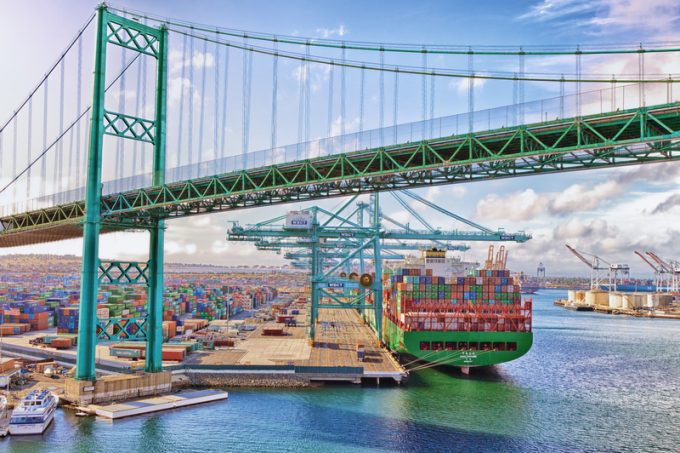Gemini to reintroduce direct Asia-Europe calls at Aarhus and Gothenburg
The first cracks in the Gemini partners’ philosophy of limiting direct calls on their Asia-Europe ...

The port of Los Angeles (PoLA) is stepping up its battle against congestion at its container facilities.
With a new financial incentive programme for terminal operators, it is offering a total of $7.5m for faster truck turnaround times and for dual transactions.
The scheme starts on 1 ...

Comment on this article